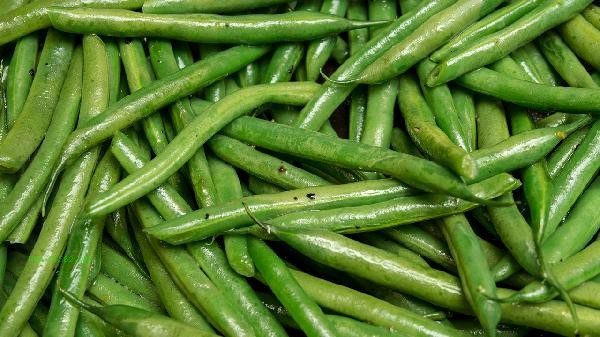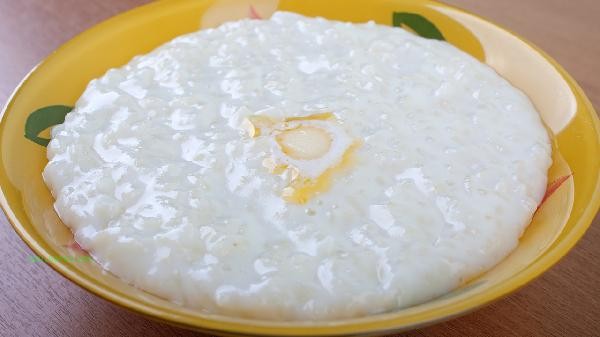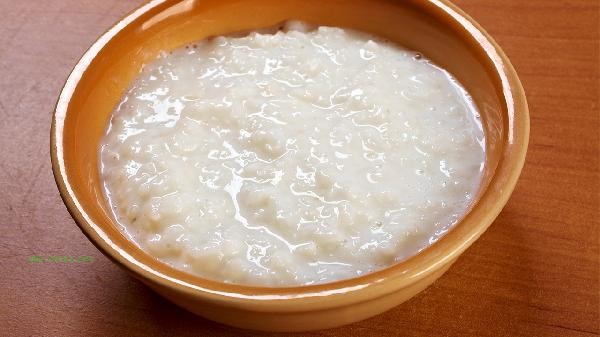Kitchen paper can usually come into contact with food, but it is necessary to choose products that meet food grade safety standards. The safety of kitchen paper mainly depends on factors such as material, production process, additive control, microbial indicators, and residual fluorescent agents.

1. Material
Food grade kitchen paper is mostly made of virgin wood pulp or bamboo pulp, with pure and pollution-free fibers. Native wood pulp undergoes high-temperature disinfection during processing and does not contain ink residues or heavy metals that may be carried by recycled paper. Bamboo pulp is more suitable for direct contact with foods with high water content due to its natural antibacterial properties. Some low-quality kitchen paper may be mixed with waste paper pulp, posing a risk of migration pollution.
2. Production Process
Food contact paper produced by regular manufacturers will undergo multiple rinsing and high-temperature drying processes. Rinsing can effectively remove lignin and impurities, and high-temperature treatment can inactivate most microorganisms. Some products will also use embossing technology to increase paper density and reduce fiber shedding. The cheap paper produced by small workshops may simplify the production process, leading to hygiene hazards in the paper.
3. Additive Control
Strictly limit the use of chemical additives such as fluorescent whitening agents and bleaching agents on food grade paper that meets national standards. GB4806.8-2016 stipulates that the fluorescent substances in food contact paper shall not exceed specific limit values. Some kitchen paper that claims to be super absorbent may contain water absorbing resins such as sodium polyacrylate, which need to undergo migration testing to ensure safety.

4. Microbial indicators
Food paper must meet the microbial limit requirements of GB4789.2-2016, including total bacterial count, coliform group, and other indicators. Legitimate products will be labeled with food contact labels and QS/SC numbers on their packaging. Products that are not clearly labeled as food grade may detect pathogenic bacteria, especially when used to package fresh ingredients, which poses a risk of cross contamination.
5. Fluorescent agent residue
Poor quality kitchen paper may have excessive addition of styrene fluorescent agents to improve whiteness, which may migrate when in contact with oils or high-temperature foods. Long term intake of fluorescent whitening agents may affect liver metabolic function. When making a purchase, you can check if the packaging indicates that no fluorescent agent has been added, or use a UV lamp to detect fluorescence reactions. When using kitchen paper to come into contact with food, it is recommended to prioritize products with clearly labeled food grade on the outer packaging, and avoid using them to wrap high-temperature fried or acidic foods. After handling raw meat and other easily contaminated ingredients, the paper should be replaced in a timely manner, and attention should be paid to moisture and mold prevention during storage. For infants and young children with food or allergies, it may be considered to use sterilized special food pads instead of ordinary kitchen paper.









Comments (0)
Leave a Comment
No comments yet
Be the first to share your thoughts!